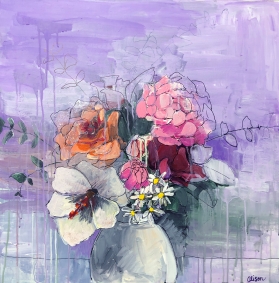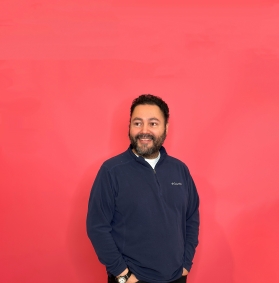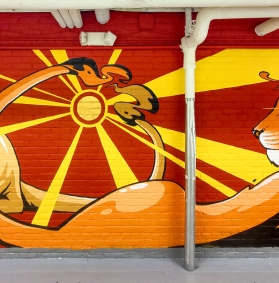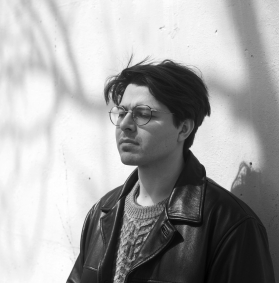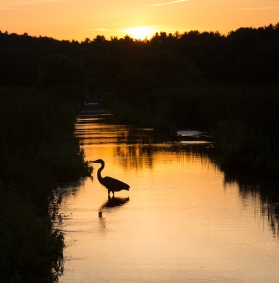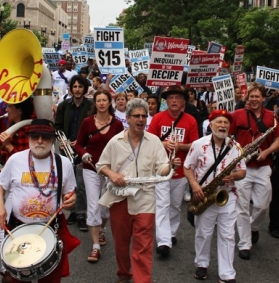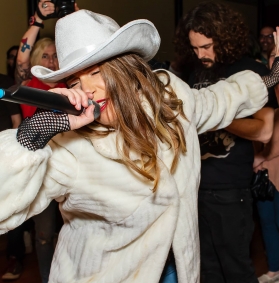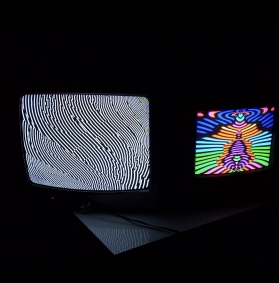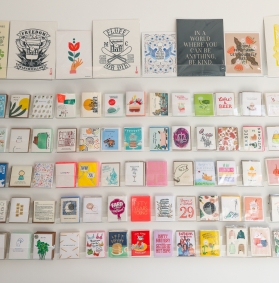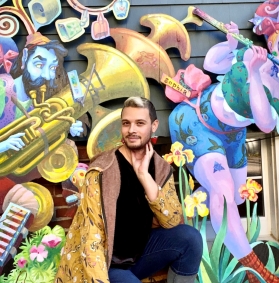Interview with Sebastian Smee as told to Andrea Reed
First of all, congratulations! You have a new book coming out this month – Paris in Ruins: Love, War, and the Birth of Impressionism. Can you tell us something about your research and writing process?
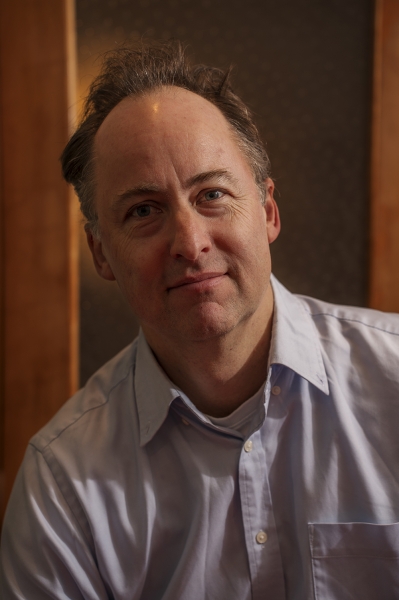 Thanks. This book took a lot longer to write than it was supposed to. I’ve heard that’s something that happens… But I think Covid made it a bit harder – both geographically (I couldn’t travel, couldn’t spend time in libraries) and mentally. For long stretches I let other things – mainly projects for the Washington Post but also a failed experiment with fiction – get my attention. But the book was always wonderful to come back to. And whenever I did, I fell back in love with my book’s two central figures, the painters Berthe Morisot and Édouard Manet, and sensed uncanny connections between what they endured during the Siege of Paris and what people around the world were experiencing during the pandemic: Isolation. Anxiety. Boredom. A heightened sense of mortality. The book also felt hard because I was out of my comfort zone (I’m an art critic, not a biographer or military historian). My French is poor, so almost all my reading was in English. Thankfully, there are zillions of books in English about Impressionism, the Siege of Paris and the Commune. I especially loved reading and re-reading the letters written by Morisot and Manet during that period. During the siege, their letters were airlifted out of Paris by balloon and they relied on pigeons to bring them replies.
Thanks. This book took a lot longer to write than it was supposed to. I’ve heard that’s something that happens… But I think Covid made it a bit harder – both geographically (I couldn’t travel, couldn’t spend time in libraries) and mentally. For long stretches I let other things – mainly projects for the Washington Post but also a failed experiment with fiction – get my attention. But the book was always wonderful to come back to. And whenever I did, I fell back in love with my book’s two central figures, the painters Berthe Morisot and Édouard Manet, and sensed uncanny connections between what they endured during the Siege of Paris and what people around the world were experiencing during the pandemic: Isolation. Anxiety. Boredom. A heightened sense of mortality. The book also felt hard because I was out of my comfort zone (I’m an art critic, not a biographer or military historian). My French is poor, so almost all my reading was in English. Thankfully, there are zillions of books in English about Impressionism, the Siege of Paris and the Commune. I especially loved reading and re-reading the letters written by Morisot and Manet during that period. During the siege, their letters were airlifted out of Paris by balloon and they relied on pigeons to bring them replies.
Was your newest book a natural follow-on project for you of your previous book, The Art of Rivalry: Four Friendships, Betrayal, and Breakthroughs in Modern Art (2017)?
Exactly right. One of the four chapters in “The Art of Rivalry” was about the “frenemy” relationship between Manet and Degas. Berthe Morisot was a crucial figure in that story. Morisot and Manet were – it’s pretty clear – in love, but they couldn’t easily get involved because he was married. Enduring the long winter siege of 1870-71 together made them closer. (Degas was also in Paris during the siege, but the other future impressionists were elsewhere). The intensity of their intimacy is clear from the portraits Manet made of Morisot in the aftermath of what Victor Hugo called “the Terrible Year.” She couldn’t marry Manet, so Morisot ended up marrying his brother – the next best thing.
How do you balance your writing life between the demands of frequent columns for The Washington Post and book projects?
I only took a handful of weeks off over the five years I spent writing the book, so it was a question of getting up early and working on weekends. I struggled to maintain the flow. You need continuity, but I kept getting excited by things I was doing for the Post. I spent nine months, for instance, writing an oral history of the creation of “The Visitors,” a video art masterpiece by an Icelandic artist called Ragnar Kjartansson. I don’t regret it: that’s my main job after all, and I loved doing it. But the book was slow-going.
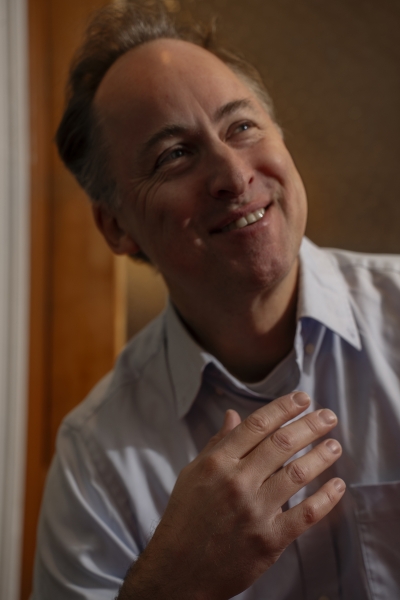 Who are some of your creative touchstones – artists, writers, filmmakers, musicians?
Who are some of your creative touchstones – artists, writers, filmmakers, musicians?
Apart from maybe musicals and opera (which I’m open to, I just haven’t gone down that path yet) I feel like I’m fed by all the arts. If there’s a common denominator, it’s probably a sense that the art I’m experiencing is embedded in everyday life – that it’s paying close attention to the world we’re in. I dislike fantasy and extreme expressionism, although I can appreciate their intensity. I like compassion, humility and an acknowledgment that most of the time, life is bewildering. So in dance I love Pina Bausch. In film (besides Chantal Akerman’s incredible film about Bausch!) I love Bergman’s “Persona” and Fellini’s “8 ½” and Tony Gilroy’s “Michael Clayton.” In art I love, uh, so much, but maybe especially Matisse, Morisot, Manet, Lucian Freud, Robert Frank, Ragnar Kjartansson. And then, going back a bit, Velázquez, Bruegel, Rembrandt, Titian, Ter Borch. In classical music I love Schubert’s late piano sonatas, Arvo Pärt’s “Tabula Rasa,” Shostakovich’s string quartets and Mahler’s songs, as well as Bach, Mozart and Beethoven. In the car I listen most often to pop and jazz. My tastes are not cool. I’m loving Olivia Rodrigo right now! My playlists are filled with Radiohead, Blood Orange (aka Devonté Hynes), Ron Sexsmith, the Beatles. My favorite writers are Alice Munro, Helen Garner, Saul Bellow, and Anton Chekhov. My favorite novels are Bellow’s “The Adventures of Augie March,” Giuseppe di Lampedusa’s “The Leopard,” James Salter’s “Light Years,” F. Scott Fitzgerald’s “Tender is the Night,” Tolstoy’s “Anna Karenina,” Knausgaard’s “My Struggle” and Rachel Cusk’s “Outline” trilogy. (Ask me another day and I’ll probably come up with a different list.)
What was the first piece of art that blew you away, or intrigued you? Are there artworks or movements that baffle you?
Matisse’s “The Piano Lesson,” which hangs at the Museum of Modern Art, both blows me away and baffles me. So much tension and, at the same time, so drenchingly beautiful. It was painted during World War 1. It trembles in a weird psychic space between pleasure and anxiety, freedom and discipline, inner life and external conflict. Plenty of art I find hard to get into. Surrealism. Heavily conceptual art. But when you’re an art critic, your first responsibility is to try to like what you’re seeing. Your second is to provide your readers with a sincere opinion. Your third is to try to write well about it.
Who has most influenced or nurtured your writing?
Over the past decade and a half, my friends Jeremy Eichler and James Parker. Both live in the Boston area. They’re critics (James for the Atlantic and Jeremy – until very recently – for the Boston Globe). James is also a poet and essayist who runs a downtown writer’s workshop for homeless people. Jeremy is a cultural historian, university professor and author of the extraordinary book, “Time’s Echo.” They’re very different, both as people and writers. But we’re all three close, and each has something I wish I had.
What do you like to do when you’re not writing?
I spend time with friends, watch soccer on TV, go on long bike rides and cook.
When did you realize you wanted to be an art critic? What was the first piece of art criticism you wrote? Who are some of the art critics, past or present, you most admire?
I sort of fell into newspaper art criticism when I was 23. I had read a lot of great journalistic writing at college and just after. Writers on art did a lot to stimulate my interest. I loved the deep reservoir of knowledge you felt behind Robert Hughes’s trenchant opinions; Peter Schjeldahl’s intensely distilled, aphoristic essays in the Village Voice and then the New Yorker; and Adam Gopnik’s urbane yet capacious, stylish voice. I didn’t just read about art. I read Janet Malcolm, Helen Garner, John Updike and Susan Sontag on whatever they wrote about. I was probably a little too addicted to the New Yorker, which arrived in Sydney a week or two after hitting the stands in New York. I’d pore over the Goings On About Town pages then go straight to the critics.
Where are some of your favorite museums?
Local to global: The Isabella Stewart Gardner Museum. MFA and ICA Boston. Harvard Art Museums. Smith College Museum of Art. The Clark Art Institute. Mass MoCA. The Met and The Frick. Art Institute of Chicago. The Phillips Collection in DC. The Kimbell in Fort Worth. The Getty in LA. And then probably the Prado in Madrid, the National Gallery in London, the Musée d’Orsay in Paris and the Kunsthistoriches in Vienna.
How long have you lived in Somerville? What are some of your favorite haunts and things to do in the city?
Since 2008. Our kids were one and three. I’m so lucky – I feel we have friends on every street, all of them inspiring. There are brilliant writers, artists, musicians and photographers as well as defense lawyers, carpenters, scientists, boat builders, engineers, chefs, jesters, barbers and teachers. I mean, what an incredibly deep bench! I love meeting friends at 3 Little Figs on Highland Ave, getting my hair cut at Razor’s or picking up pizza at Dragon in Davis. I’m on the bike path all the time, in both directions. I’m married to a violinist who teaches strings to about 700 students in six different Somerville public schools – she’s like a rock star around town, everyone knows her! – and so I love going to concerts at Somerville High School and to my daughter’s soccer games at Dilboy and her crew regattas on the Mystic.
What are you currently reading, watching, and listening to?
Premier League soccer and Seinfeld re-runs. A novel by Suzy Boyt called “Loved and Missed” (so good). Olivia Rodrigo and Blood Orange.
